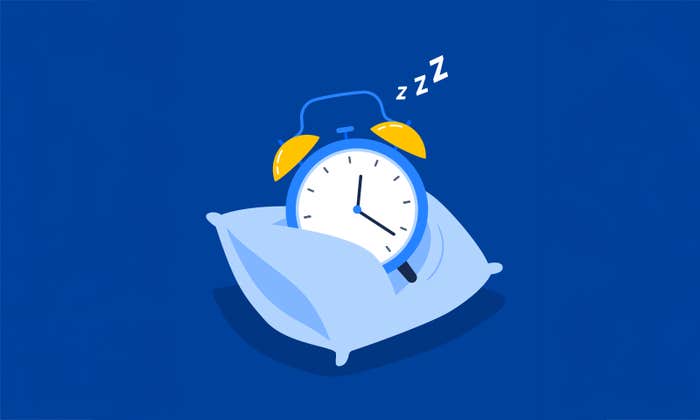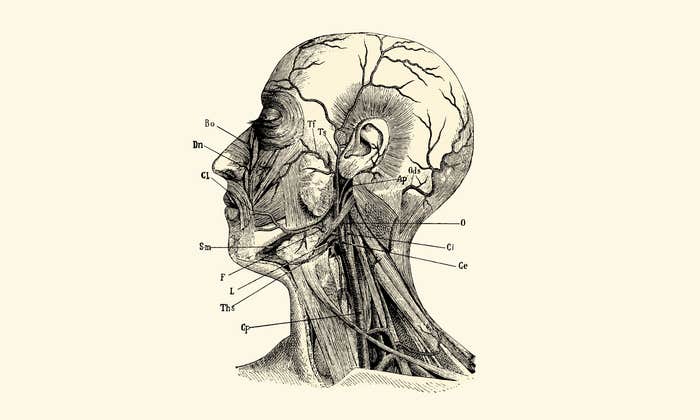In a world where only 1 in 5 American adults meet the minimum daily exercise requirements, exercise addiction can seem like the opposite of a problem. Don’t let that fool you, says Marilyn Freimuth, a clinical psychologist at Fielding Graduate University, in Santa Barbara. “Exercise addiction can completely take over someone’s life. They’re getting injured, all they can do is think about exercising, but because our culture values physical activity,” she says, “we overlook the issue.”
In their 2015 book The Truth About Exercise Addiction: Understanding the Dark Side of Thinspiration, author Katherine Schreiber and Jacksonville University professor of kinesiology Heather Hausenblas write, “Exercise addicts experience physical activity as both a coping mechanism and a compulsion without which they feel they cannot survive.” People generally feel better both physically and mentally after working out. But for exercise addicts, that positive surge—similar to the ones gambling- and sex-addicts feel—is substantially higher: It can give athletes and non-athletes alike a powerful buzz of pleasure that can leave them coming back for more, ultimately leading to a life tethered to the treadmill, so to speak, and serious medical consequences, including fatigue, overuse injuries (stress fractures, pulled muscles, tendonitis), infections that won’t go away, electrolyte imbalances, cardiac issues, and, perhaps paradoxically, listlessness.
To see this play out, we may need to look no further than the Olympics. Exercise addiction seems to increase, at least among athletes, the more elite they become, according to a study, published last month, in Journal of Behavioral Addictions. Tim Brewerton, a physician at the Medical University of South Carolina, agrees. “We venerate Olympic athletes almost like gods. We give them lots of praise and attention, but if we knew anything of what their lives were like…” he says, trailing off. “I think many of them likely experience some type of exercise addiction—they are training constantly for years.”
What makes exercise addiction a thorny phenomenon to study, though, is its complicated relationship with eating disorders. In the 1800s, for example, physicians treating young women with anorexia nervosa, an eating disorder characterized by self-starvation and persistent weight loss, often noted their extreme restlessness and need to constantly move about. And in a 1984 study, a group of physicians had noted in the Journal of the American Medical Association that considerably dedicated male runners, or “obligatory runners,” shared many of the same psychological traits as young women with anorexia, such as perfectionism and depression, although to a lesser degree.
“Passion exists on a continuum with addiction. Gamblers love to gamble…until they don’t.”
One potential difference between people addicted to exercise and those addicted to, well, pretty much everything else, Brewerton points out, is that people who become addicted to exercise may be prone to addictive behaviors but are also simultaneously risk-averse. They’re not the ones who are going to be binge drinking at a party or trying to score some smack in a sketchy part of town. What’s more, they get lots of positive social reinforcement for their addiction, which provides a boost for their perfectionism. It’s rare for someone to be told they exercise too much, Freimuth says. Instead, they are roundly praised for their self-discipline. Neuroscientists have identified altered reward pathways in individuals with eating disorders that make self-punishment, like self-starvation and over-exercise, paradoxically feel quite rewarding.
But when researchers went looking for exercise addiction in individuals without eating disorders, they had a hard time finding it, which led some eating-disorders professionals to conclude that exercise addiction only existed in tandem with an eating disorder. They point out the increasing number of Olympic athletes who have disclosed their own history of eating disorders. As many as 31 percent of Olympic athletes were found to have eating disorders, for example, compared to just 13 percent of the general population, according to a 2009 International Olympic Committee report. “Eating disorders and exercise addiction often appear together, but only eating disorders are recognized as diagnoses,” say Mia Lichtenstein, a clinical psychologist at the University of Southern Denmark, and her colleague, in a study published in March.
Brewerton says this conclusion isn’t surprising when you consider a mouse on a running wheel. They don’t understand the concept of burning off calories or trying to get in shape for bikini season—they run just because it’s fun. Reduce their access to food, however, and something interesting happens, he says: Instead of becoming little furry couch potatoes, the mice actually run more. The lack of food actually makes exercise more rewarding. Far from feeling worse after a run, the mice actually feel better. As time passes, the mice will start to spend every waking minute on their wheel and many of them collapse and die while running. The extreme running, coupled with limited food intake, make this a good animal model for anorexia, he says. Professionals who treat anorexia, for example, say that their patients can be so starved their organs are shutting down, and yet they still go to the gym several times a day. It gives them an identity and sense of purpose, which feels good and helps them cope with depression and anxiety.
What’s more, finding cases of exercise addiction absent an eating disorder is made more difficult by the fact that the behavior isn’t consistently defined, says Freimuth. Look in the research literature, and you can see all sorts of phrases used to describe it. “Exercise addiction” is used interchangeably with “compulsive exercise,” “pathological exercise,” “excessive exercise,” “exercise dependence,” “obligatory exercise,” and “problematic exercise.” Nor is exercise addiction defined in the Diagnostic and Statistical Manual—the only behavioral addiction listed is gambling. “Addictions go a step beyond compulsions due to their hallmark of tolerance,” say Schreiber and Hausenblas, “that is, needing more of a substance or behavior to achieve its initially desired effects.”
In a study published in May, Brewerton and colleagues tried to determine whether too much exercise was an addiction or a compulsion. Getting clear on this is “not just a vocabulary problem,” Brewerton says. “You treat an addiction very differently than you treat a compulsion.” Treating excessive exercise as an addiction might require stopping exercise entirely or attending 12-step groups; treating it as a compulsion would entail cognitive behavioral therapy and changing how one thinks about exercise. “Some treatment programs for eating and exercise disorders have begun trying to integrate exercise with improving nutrition and addressing the complex psychological issues underlying the problem,” he says, which might not be safe if people with eating disorders were truly addicted to exercise. The answer, they concluded, was both.
In a survey of nearly 1,500 people (608 men and 885 women between the ages of 18 and 79), they used all available questionnaires that had been developed to evaluate problematic exercise behaviors, as well as several surveys related specifically to eating disorders and mental health. Brewerton found two forms of exercise addiction: primary exercise addiction, occurring without the presence of an eating disorder, was common among men; and secondary exercise addiction, occurring in concert with an eating disorder, was much more common among women. Primary exercise addiction, they realized, looked like a typical addiction, but a secondary exercise addiction had much more in common with compulsion.
Both men and women are equally likely to have a problematic relationship with exercise, Brewerton says. The primary difference is that women are more likely to have an eating disorder in tandem with their exercise issue. What may have started off as a love of sport or physical activity (what researchers call harmonious passion, when someone’s activity exists in harmony with other areas of their life) ultimately crosses the line into an obsessive passion, characterized by inflexibility in behavior and high levels of commitment, according to a study in the Journal of Behavioral Addiction.
“Addicts are passionate about their addiction of choice, at least at first, and then it’s not ‘fun’ any more,” says Brewerton. “Passion exists on a continuum with addiction. Gamblers love to gamble…until they don’t.”
Carrie Arnold is a freelance writer living in Virginia. Follow her on Twitter @edbites.
The lead photograph is courtesy of Thomas Hawk via Flickr.


























